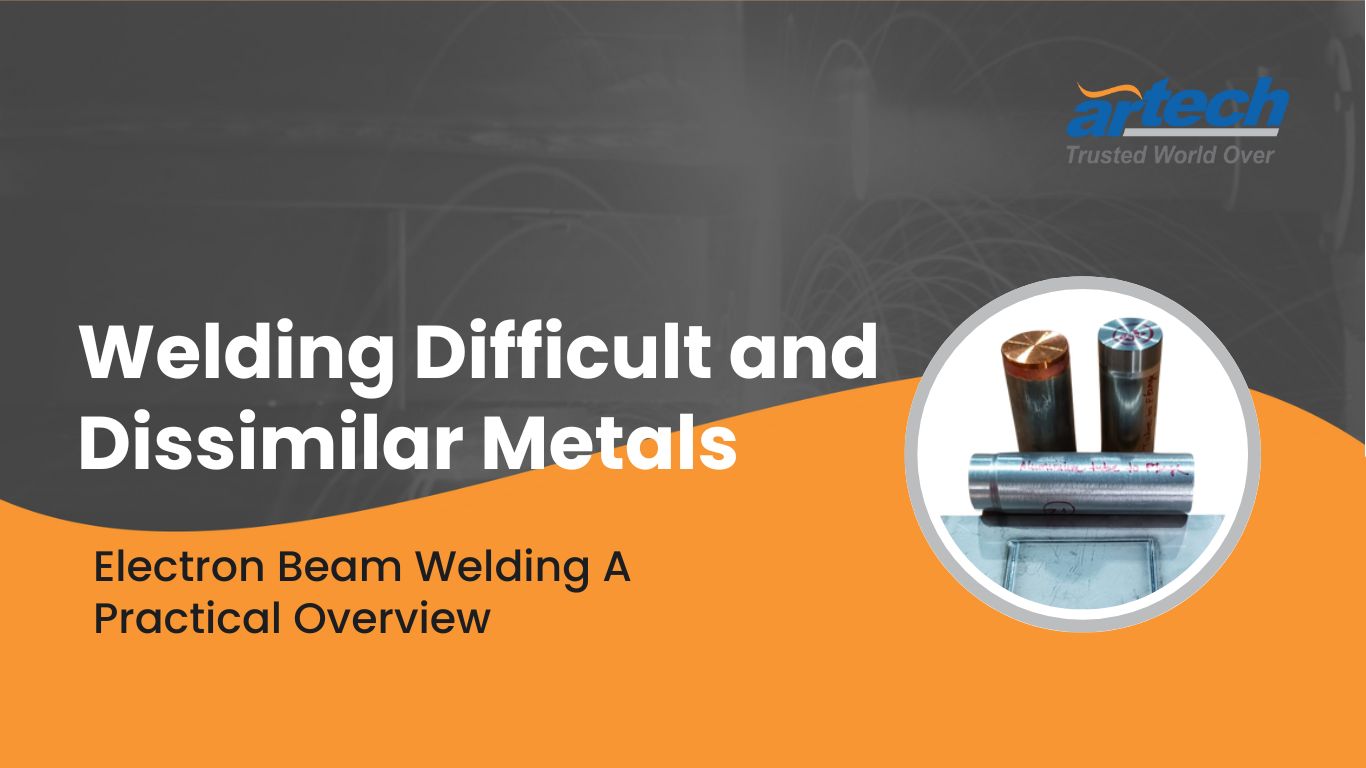Welding can be tricky—especially when you’re dealing with metals that are hard to join or have different properties. At Artech Welders, we understand these challenges. Let’s break down the common issues you might face and share some practical insights to help you get better results.
Why Welding Dissimilar Metals Is Challenging
Critical Applications Need Reliable Welds
When parts are used in high-stress areas like aerospace, defense, or even medical devices, a weak weld isn’t an option. Poor welds can lead to leaks, reduced strength, and even catastrophic failures. That’s why it’s so important to choose the right welding process for the job.
The Tough Nuts to Crack:
- High Melting Points: Metals like titanium and nickel alloys need more heat to weld, which can be hard to control.
- Different Expansion Rates: When you weld metals that expand differently, you risk warping or cracking.
- Reactivity: Some metals (for example, aluminum and titanium) react with air, forming oxides that stop the weld from bonding properly.
- Heat Control: Metals with high thermal conductivity, like copper, cool quickly, making it tough to maintain the right temperature.
Common Problems with Low-Quality Welds
Even small mistakes in welding can cause big issues:
- Leaks: Can compromise everything from medical implants to fuel valves.
- Reduced Strength: A weak weld might fail under stress.
- Fatigue: Stress in one spot can lead to cracking over time.
- Corrosion: Trapped moisture can cause rust, shortening the part’s life.
- Incomplete Fusion & Porosity: These lead to weak joints that can fail under load.
- Warping or Cracking: Poor heat management can distort or crack the metal.
Troublesome Metals and Alloys
Some metals are just naturally difficult to weld:
- Aluminum: Forms a surface oxide and warps easily.
- Magnesium: Similar to aluminum, with additional challenges due to its low melting point.
- Titanium: Requires high heat and careful handling to prevent contamination.
- Stainless Steel: Different grades require different techniques, making it hard to weld consistently.
- Copper: Its high thermal conductivity means it cools too fast, leading to brittle welds.
- Inconel: This nickel-chromium alloy resists corrosion but can warp and crack due to its thermal properties.
Welding Metal Combinations
Welding two different metals together (like aluminum and steel, or copper and aluminum) comes with its own set of challenges. Different melting points, expansion rates, and reactivity mean that special techniques and sometimes pre-treatment are necessary. Even though these combinations are difficult, we’ve been successfully welding them for decades with the right processes and expertise.
Our Approach at Artech Welders
At Artech Welders, we combine deep industry knowledge with practical experience to tackle these challenges. Our focus is on:
- Using the right process for the right metal: We choose techniques that ensure strong, reliable welds.
- Maintaining strict quality standards: We monitor every weld to avoid common defects.
- Constantly refining our methods: We learn from each project to improve our processes and deliver better results.
By understanding the unique properties of each metal and adjusting our methods accordingly, we ensure that every weld meets the highest standards of reliability and performance.
Download Our Welding Compatibility Chart
Need a quick reference? Download our Welding Compatibility Chart for a detailed guide on which welding methods work best with various metals and alloys.
Final Thoughts:
Welding difficult and dissimilar metals isn’t impossible—it just takes the right know-how and careful attention to detail. At Artech Welders, we’re here to help you overcome these challenges with practical solutions and expert advice. If you have questions or need support with your welding projects, contact us today.

